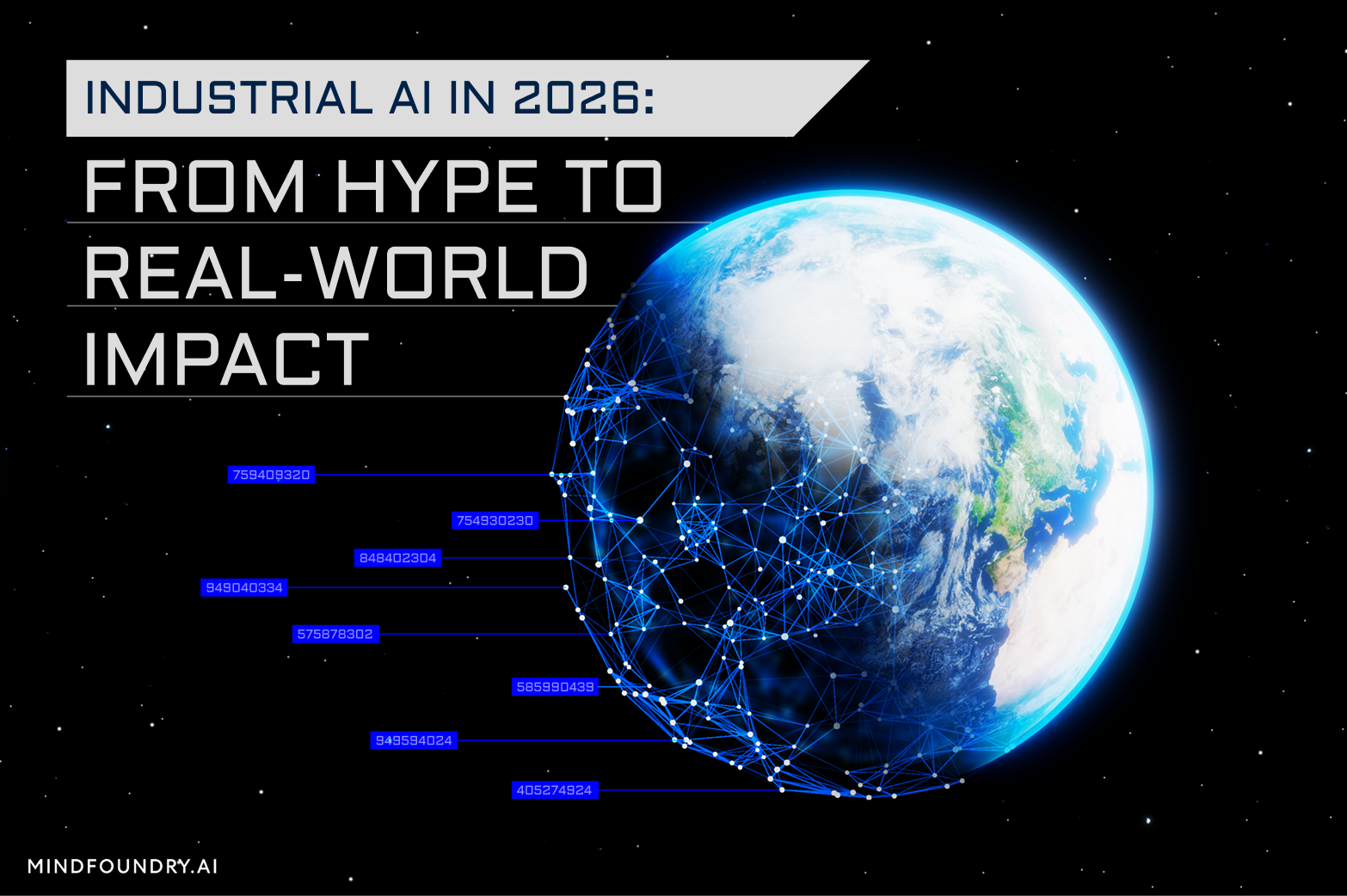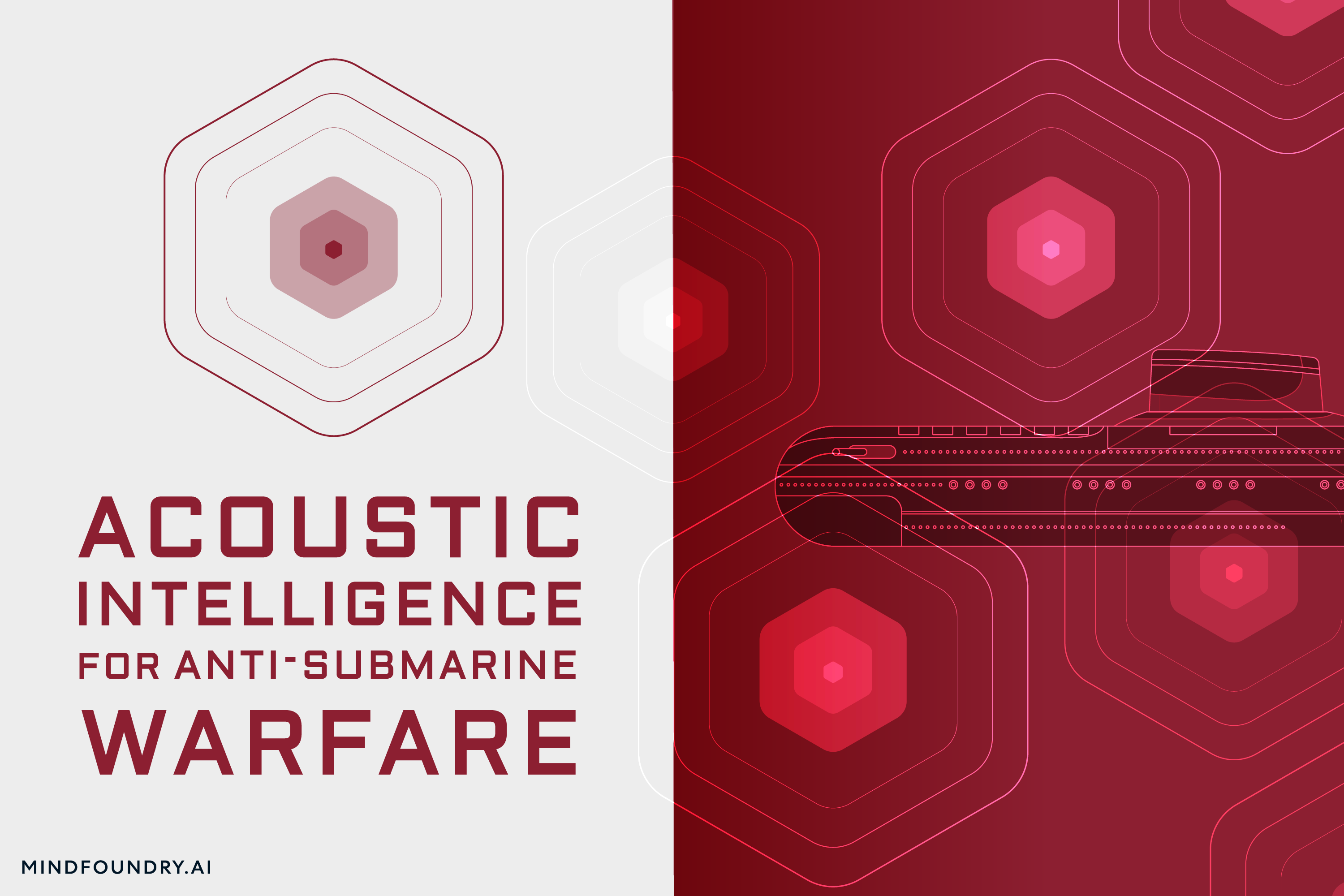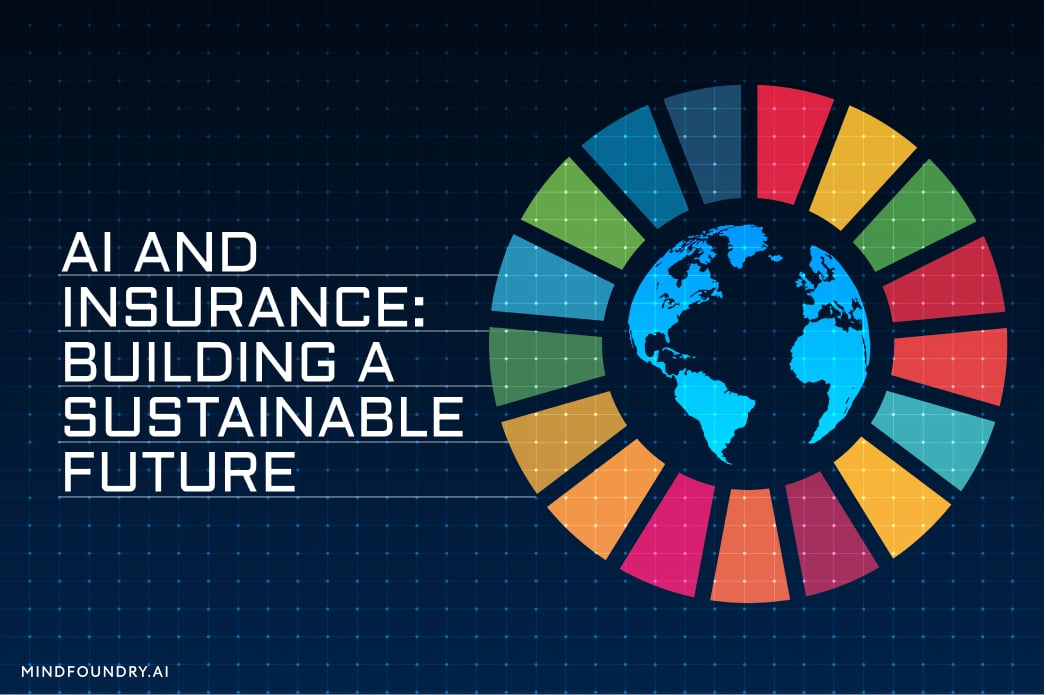AI-enabled Acoustic Intelligence for Anti-Submarine Warfare
From detecting hidden threats to defending critical underwater infrastructure, Anti-Submarine Warfare (ASW) is a cornerstone of national security. AI...
5 min read
Mind Foundry
:
Aug 28, 2025 11:07:30 AM

In our previous blog on Industrial AI, we explored the developments that we anticipate will drive adoption of AI in industries like utilities, manufacturing and logistics in the next year. Increased availability of data processing tooling is driving down costs, while increased global instability and a corresponding need for responsiveness are driving up the value of these systems. As these trends become more evident, the decision calculus rapidly shifts, thrusting new use cases into the limelight.
Nevertheless, the practical implications of this shift and how Industrial AI can achieve real impact are multifaceted questions that warrant careful consideration. Perhaps the most fundamental questions are how industries that are traditionally not digitally native can adopt AI and, more importantly, what they stand to gain from doing so.
“Become more data-driven” has long been a feature of board rooms, digital transformations, and strategic overhauls. This refrain has invariably led to vast investment in infrastructure that promises to unify an organisation’s data into a kind of digital utopia where data is ready for those who need it at the point of request in a self-serve, off-the-shelf, safe yet not overzealous way. This should mean an entire organisation can finally capture data and monitoring information from every element of daily corporate function and reap the rewards.
But after spending millions to unify all the data under the sun, those same boardrooms invariably wake up to the uncomfortable reality that you cannot solve a problem by measuring it in more detail. Monitoring and collecting data don’t directly drive value, and organisations can easily end up overwhelmed by a tsunami of data that drives a compulsion to pore over and analyse every data point before making a decision. This not only results in decision paralysis, but it also distracts people from acting on common sense and best practice, even when these qualities have been acquired through years of hard work.
However, this backdrop of overwhelming data volumes presents a huge opportunity for AI. Granular, timely updating of an organisation’s core business functions is a natural basis for increasingly high-fidelity digital models representing those functions. Crucially, these models enable analysis, optimisation, and planning based on real-world scenarios.
As businesses adjust to a world characterised by instability, whether driven by climate change, shifting economic policy, or macro-societal events like the COVID pandemic, the ability to model, analyse, and optimise based on multiple “what if” scenarios becomes increasingly valuable. It can drive better understanding of risk, the ability to forecast business operational resilience, and an accelerated opportunity to respond when a change in the physical world is detected.
The natural confluence of arbitrarily available data, together with a pressing need for agility and dynamism, may be just the combination required to realise truly data-informed approaches even in industries which are not traditionally digitally native.
Physical industries are increasingly eager to adopt AI in recognition of the benefits it could bring, spurred on in part by the fact that Large Language Models (LLMs) and other AI tools have captured the public imagination and created a huge buzz. As with the pitfalls of data centricity, technology-first innovation is fraught with risk, with minimal likelihood of meaningful benefits being realised, as evidenced by the 95% failure rate of Generative AI enterprise pilot projects. Instead, technology should follow, not lead, programmes of development.
LLMs, particularly, are often overhyped as all-encompassing, one-size-fits-all solutions. In truth, they are only one option in a large toolbox that includes a diverse range of simpler, nimbler models, many of which have already been in use for years. For example, generalised linear models continue to provide powerful, explainable forecasting to great effect in industries like finance and insurance. Over-focusing on any one tool risks distraction from the problem at hand and the alternative tools that are better suited to solve it.
Real impact comes from matching problems to solution methods, not from following the hype. That’s why AI choices should be precipitated by a deep understanding of organisational challenges. Otherwise, you risk investing in tech for its own sake and missing the actual value that comes from combining multiple AI methods for real-time optimisation and decision support.
This is where the value is to be found, but for this value to be realised, we need use cases. We need technology chosen after identifying the real opportunities and blockers, not the other way around.
These use cases are numerous and wide-ranging, from predictive maintenance and scenario planning to identifying single failure points in supply chains and easing bottlenecks. When developing technology to address these use cases, it’s essential to adopt a user-driven approach. This means starting with the people on the ground and asking them the right questions. What are they trying to achieve? What are their most difficult decisions? What value could a better solution provide? Asking these questions, and more importantly, listening to and acting on the answers, helps guide solution development towards real-world impact.
For example, in infrastructure projects, we've seen AI support planners by identifying hidden risks in historical project data. In defence logistics, AI has helped analysts reprioritise supply routes dynamically based on evolving operational contexts.
These are not abstract use cases; they are rooted in user needs. By working alongside domain and process experts, AI can augment human capability in ways that feel like a natural extension of existing workflows.
Risk and resilience modelling are particularly ripe for this. Decisions that are normally made on the back of large reports, conversations between high-ranking executives, and abstracting and generalising from small amounts of data can become data-driven strategic choices.
Human expertise is still vital, but AI can be brought into the decision-making loop to augment and enhance it, rather than being used on a one-off basis to start a conversation. What we should aim for is an iterative back-and-forth between experts and AI.
Naturally, we can start to extend this play to logistics and supply chains and start to make it more operational with transport and mobility to increase resilience against factors like climate risk. We can explore not just optimising planning, but dynamically tracking, updating, orchestrating and load-balancing. Then we can scale up to challenging industries like critical infrastructure and grid systems.
The reality is that maintenance in these areas is not being carried out to the extent that is needed, and this is causing the system to buckle in some areas. The urgency is becoming evident, and at the same time the tools to address it are maturing. We have identified the problem and the AI capabilities suited to solving it. The time to start the real work of designing performant AI solutions is now.
AI adoption succeeds when built around how people work, not around abstract technology demos. Given a good use case, industrial AI must be human-centred, operationally integrated, and built to flex with the messy realities of physical systems. Design for deployment with resilience, not perfection. This means building systems that adapt to change, degrade gracefully, and operate under constraints. No entity can possess all the necessary technology, skills, data, and domain expertise to build a performant solution from the ground up, so it’s also necessary to work in partnership and leverage existing expertise to ensure relevance, acceptance, and speed of adoption. In short, build things that work for the users, not to satisfy the desire to experiment with an exciting new technology.
The convergence of risk, readiness, and ROI means industry can't afford to wait, and those who lead will shape the future. The interest is building; market momentum and investor interest are shifting rapidly toward industrial AI. Change is already happening and driving volatility, which represents an opportunity. Those who invest and balance risk and speculation with iteration and improvement stand to gain data-driven advantages in industries that are primed for disruption.

From detecting hidden threats to defending critical underwater infrastructure, Anti-Submarine Warfare (ASW) is a cornerstone of national security. AI...

Mind Foundry has been working alongside Aioi Nissay Dowa Insurance and the Aioi R&D Lab - Oxford to create AI-powered insurance solutions whose...

The UK-USA Technology Prosperity Deal sees overseas organisations pledging £31 billion of investment into UK AI infrastructure. As AI investment...